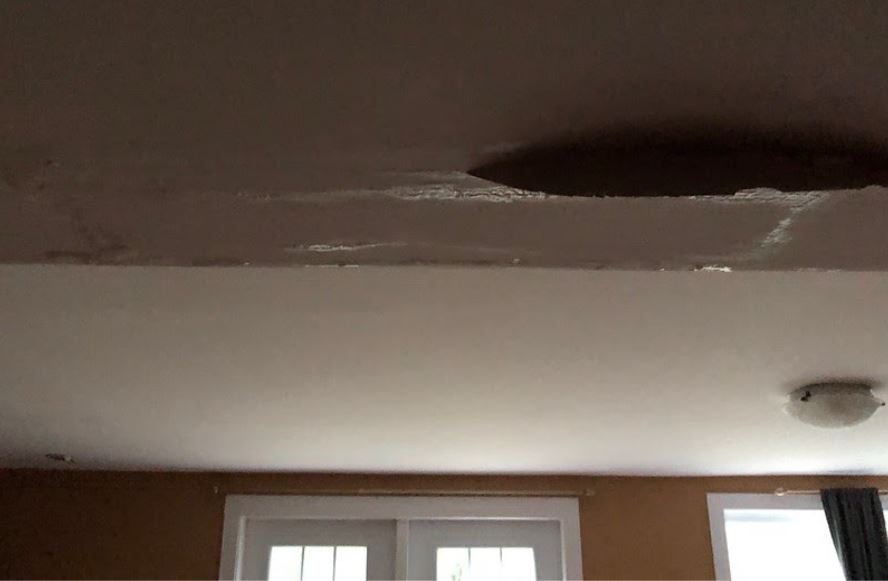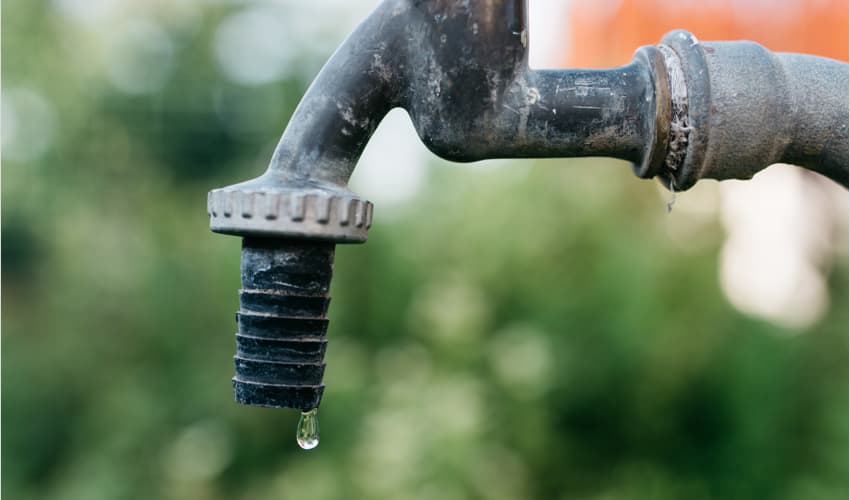Understanding the Six Most Frequent Causes of Water Leaks in Residences
Understanding the Six Most Frequent Causes of Water Leaks in Residences
Blog Article
Each person may have their own individual perception involving How to detect water leaks in your home.

Leaks not just trigger waste of water but can also trigger unnecessary damages to your residence and also advertise unwanted organic development. Water leakages may go unnoticed considering that most of the pipework in our residence is concealed. By recognizing and looking for daily circumstances that create leakages, you can safeguard your home from future leaks and unnecessary damages. Today, we will take a look at six leakage causes that might be creating your pipes to trickle.
Instant temperature changes.
Extreme temperature level changes in our pipes can create them to broaden as well as acquire suddenly. This growth and tightening may create splits in the pipelines, specifically if the temperature are listed below cold.
Rusty water systems
This may be the cause of discoloration or warping on your water pipes. If our plumbing system is old, take into consideration replacing the pipelines since they are at a higher danger of deterioration than the newer designs.
Defective Pipeline Joints
Pipe joints can deteriorate over time, resulting in water leaks. If you have noisy pipes that make ticking or banging noises, particularly when the hot water is turned on, your pipe joints are possibly under a great deal of pressure.
Elbowing in origins
A lot of water leakages begin outside your home instead of inside it. If you see an abrupt decrease in water pressure, say in your faucet, take time to head out and also analyze your backyard. You may see damp patches or sinkholes in your yard, and that may imply that tree roots are getting into water lines creating water to seep out. You can have your plumber look for intrusion, especially if you have trees or bushes near your residential property.
Poor Water Connectors
At times, a leakage can be triggered by loose pipes as well as pipelines that supply your appliances. In instance of a water connections leak, you may see water running straight from the supply line or pools around your devices.
Obstructed Drains
Blocked drains pipes may be frustrating and also inconveniencing, however they can occasionally end up triggering an overflow leading to break pipes. Keep getting rid of any type of materials that may drop your drains pipes that could block them to prevent such aggravations.
All the above are sources of leakages yet not all water leakages arise from plumbing leakages; some leakages may come from roof leakages. All leakages should be fixed quickly to prevent water damages.
Leakages not just trigger waste of water but can likewise cause unnecessary damage to your residence and also promote undesirable natural development. By looking as well as recognizing for everyday situations that create leakages, you can protect your house from future leakages and unneeded damage. Today, we will certainly look at six leakage causes that might be triggering your pipes to leak.
At times, a leakage can be created by loosened hose pipes as well as pipes that supply your appliances. In situation of a water links leakage, you may discover water running directly from the supply line or pools around your home appliances.
How To Check For Water Leak In Your Home
How To Check for Leaks
The average household's leaks can account for nearly 10,000 gallons of water wasted every year and ten percent of homes have leaks that waste 90 gallons or more per day. Common types of leaks found in the home are worn toilet flappers, dripping faucets, and other leaking valves. These types of leaks are often easy to fix, requiring only a few tools and hardware that can pay for themselves in water savings. Fixing easily corrected household water leaks can save homeowners about 10 percent on their water bills.
To check for leaks in your home, you first need to determine whether you're wasting water and then identify the source of the leak. Here are some tips for finding leaks:
Take a look at your water usage during a colder month, such as January or February. If a family of four exceeds 12,000 gallons per month, there are serious leaks.
Check your water meter before and after a two-hour period when no water is being used. If the meter changes at all, you probably have a leak.
Identify toilet leaks by placing a drop of food coloring in the toilet tank. If any color shows up in the bowl after 10 minutes, you have a leak. (Be sure to flush immediately after the experiment to avoid staining the tank.)
Examine faucet gaskets and pipe fittings for any water on the outside of the pipe to check for surface leaks.
Undetected water leaks can happen without the home or business owner even realizing. If you suspect a water leak, but not able to find the source. It is time to contact a professional water leak detection service, The Leak Doctor.
How To Find a Water Leak In Your Home
https://www.leakdoctor.com/blog/How-To-Check-For-Water-Leak-In-Your-Home_AE197.html

I recently found that content about How to detect water leaks in your home while doing a search on the web. Liked our blog? Please share it. Help somebody else locate it. Bless you for your time. Kindly come by our blog back soon.
Schedule Appointment Now Report this page